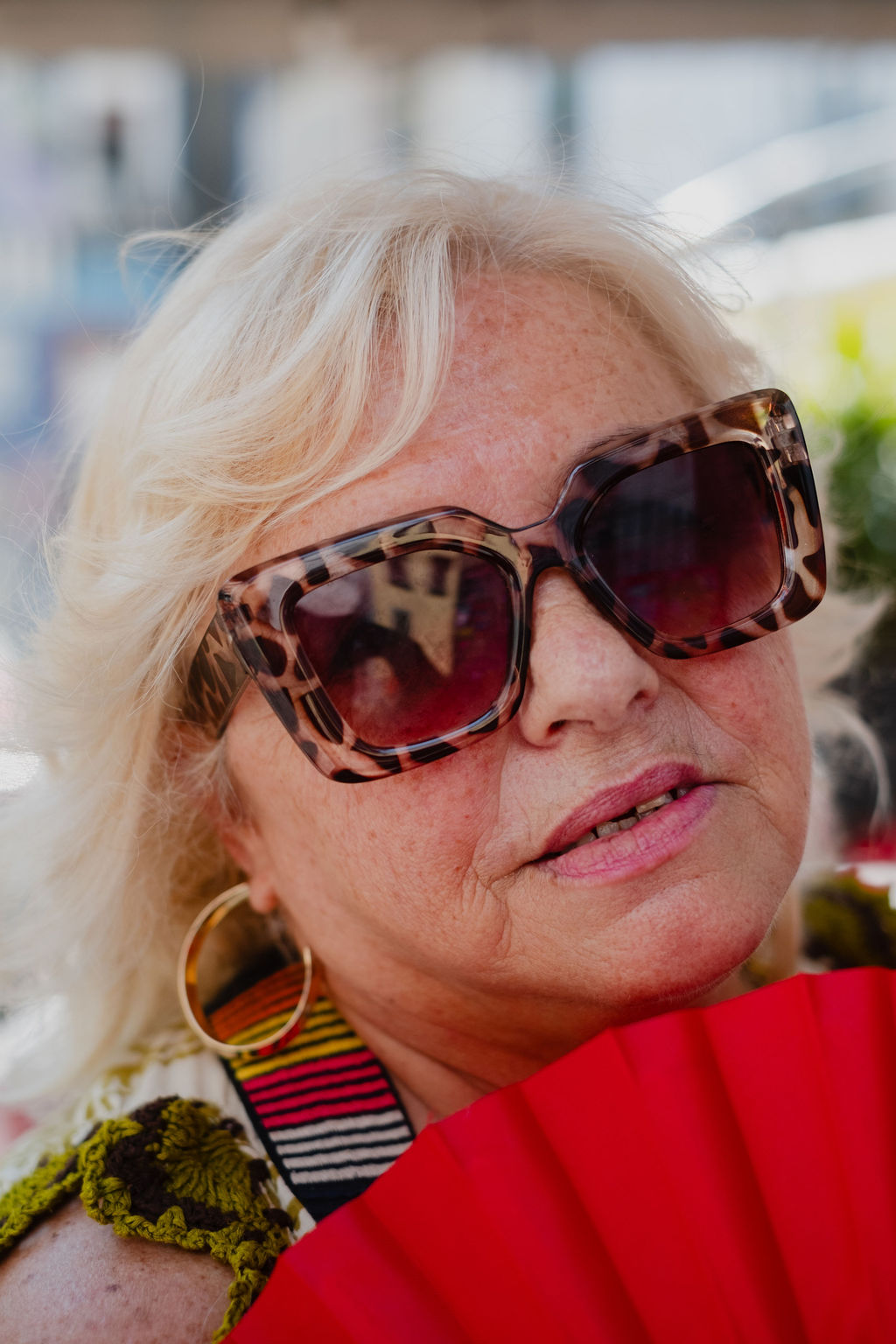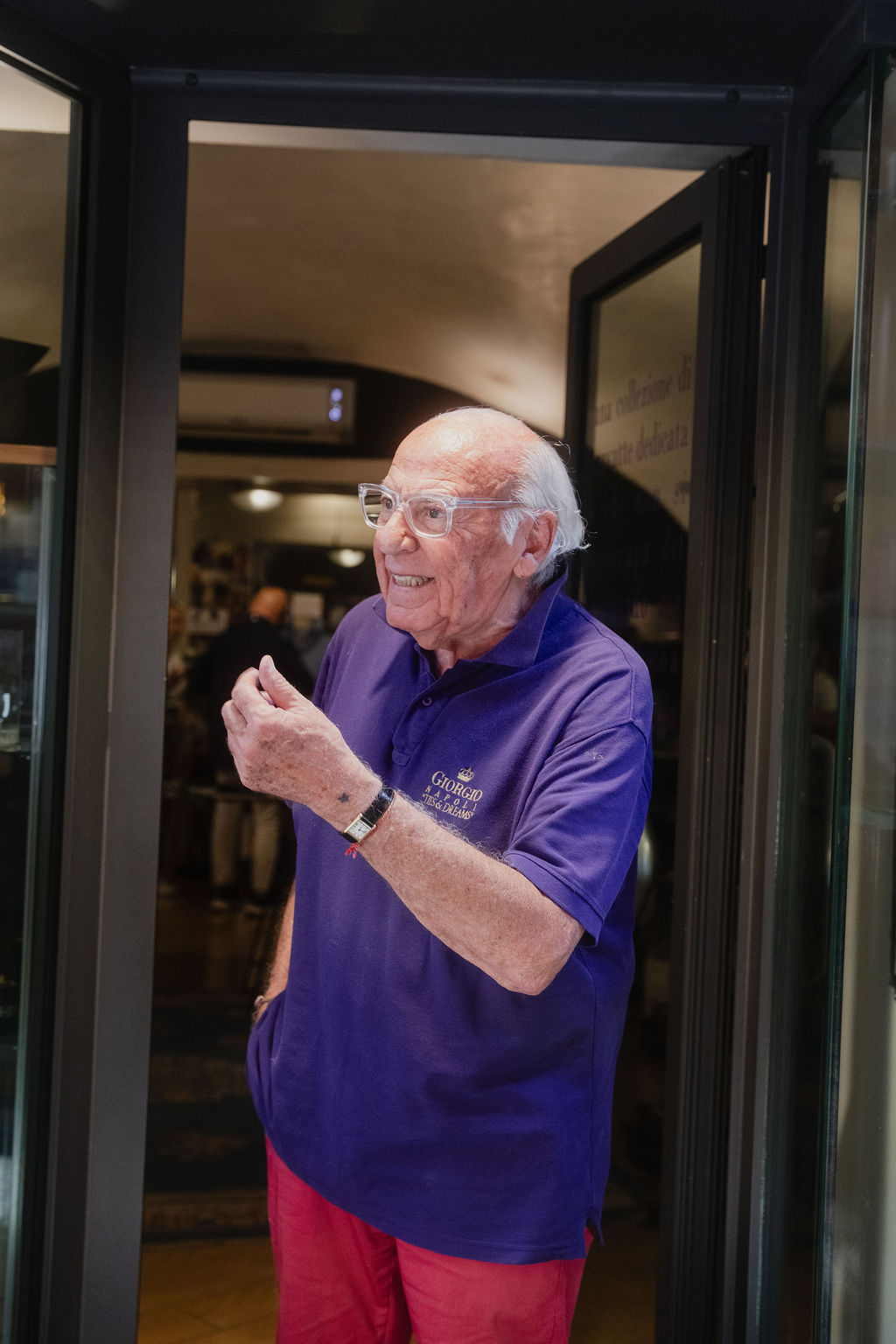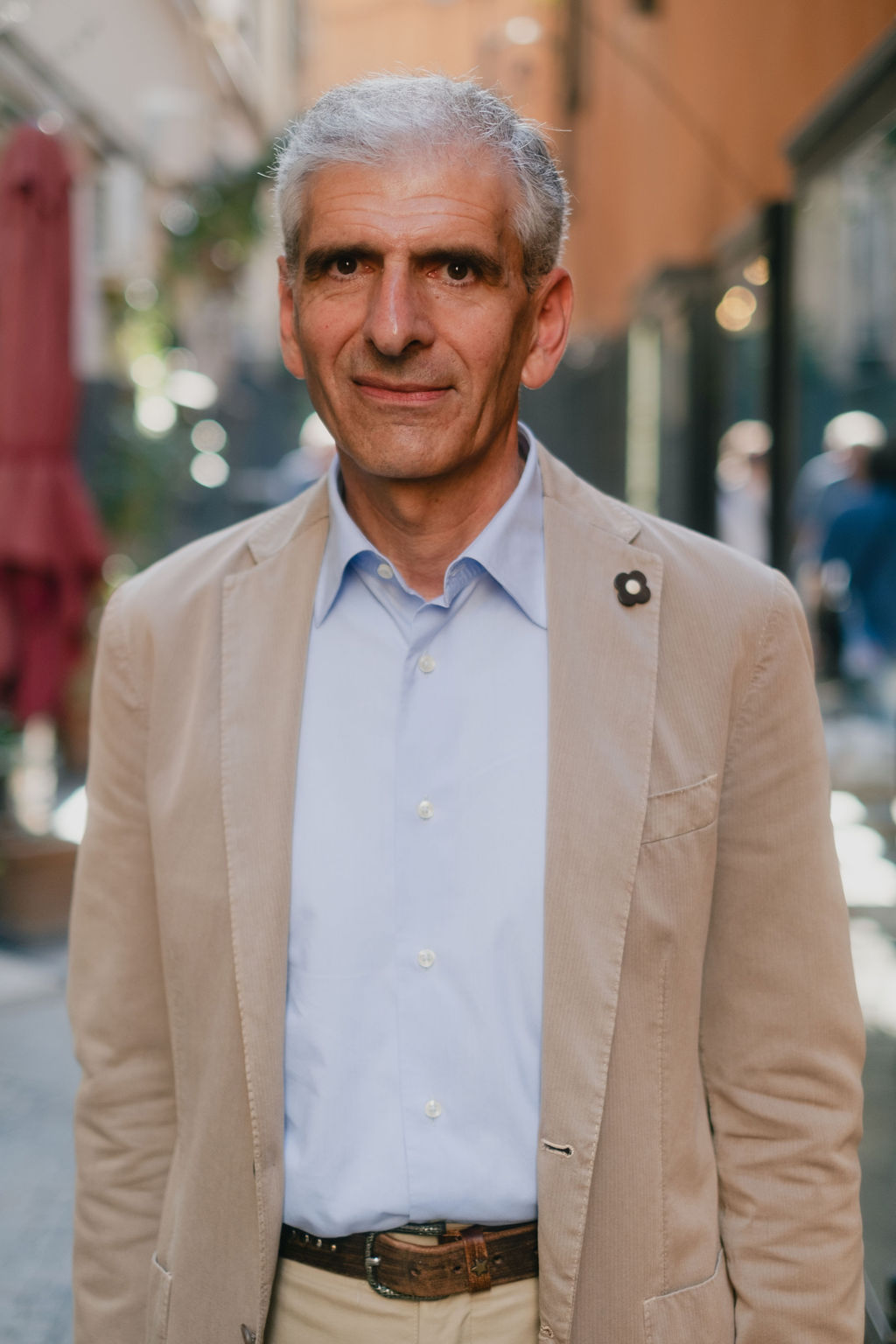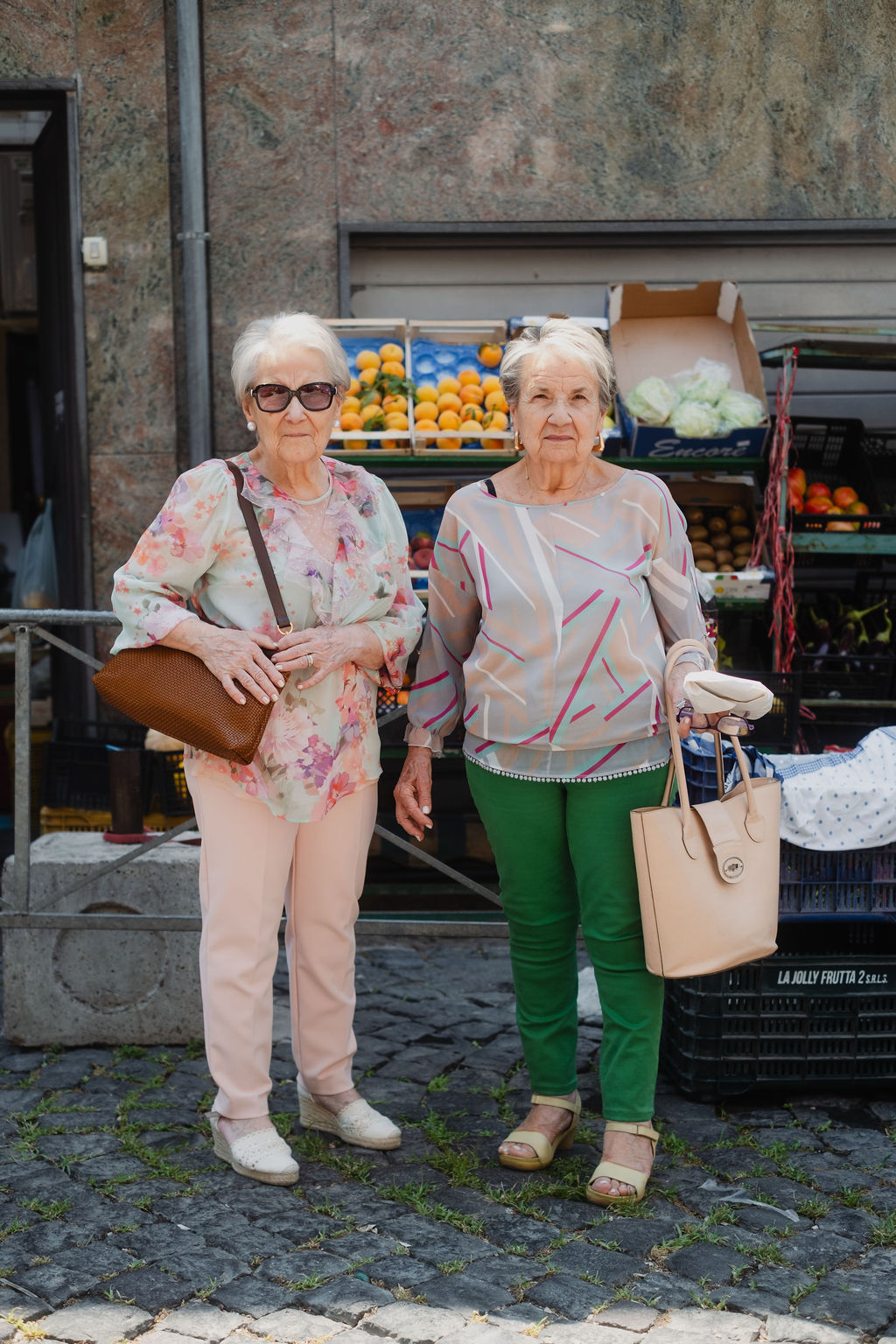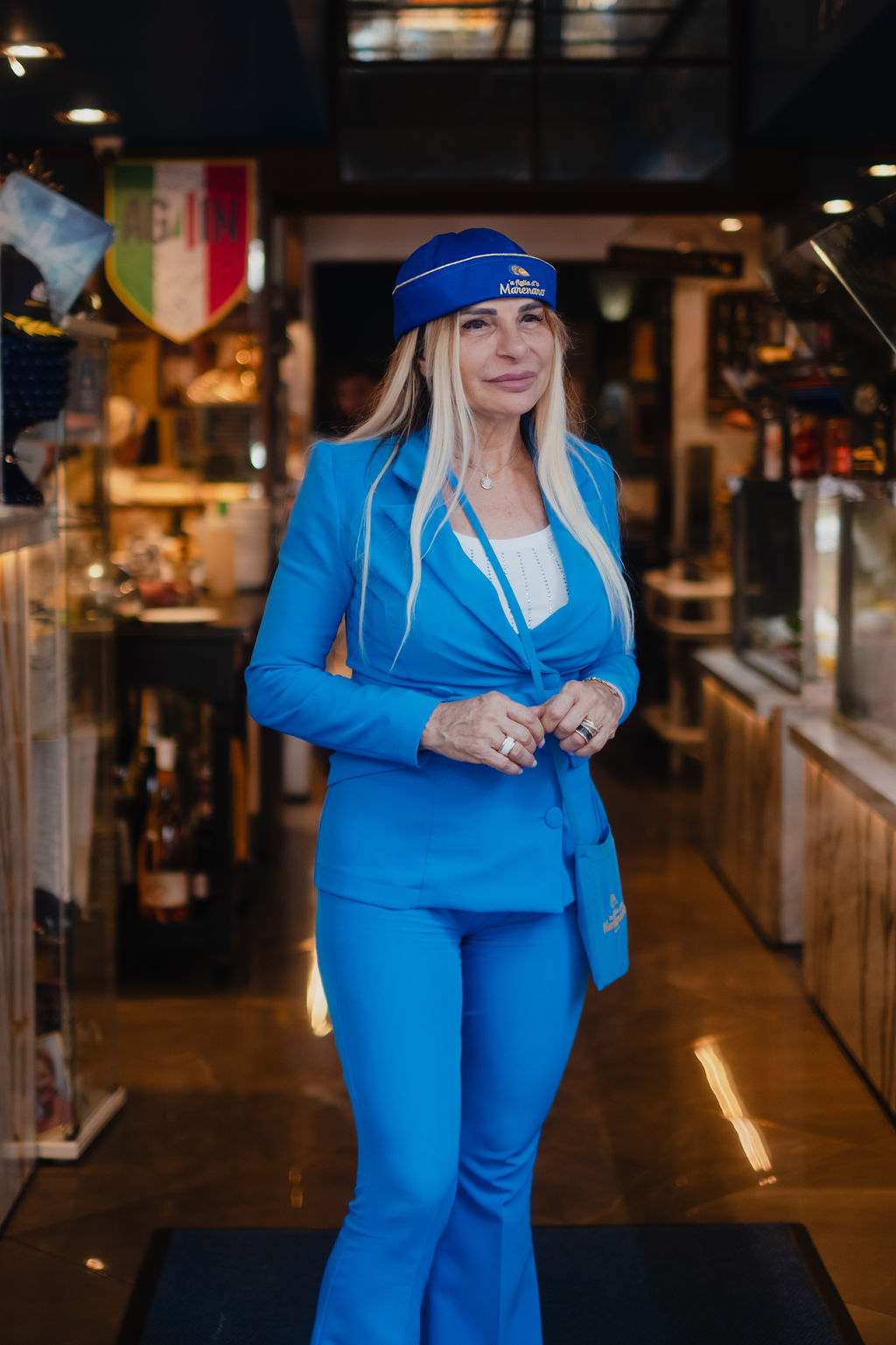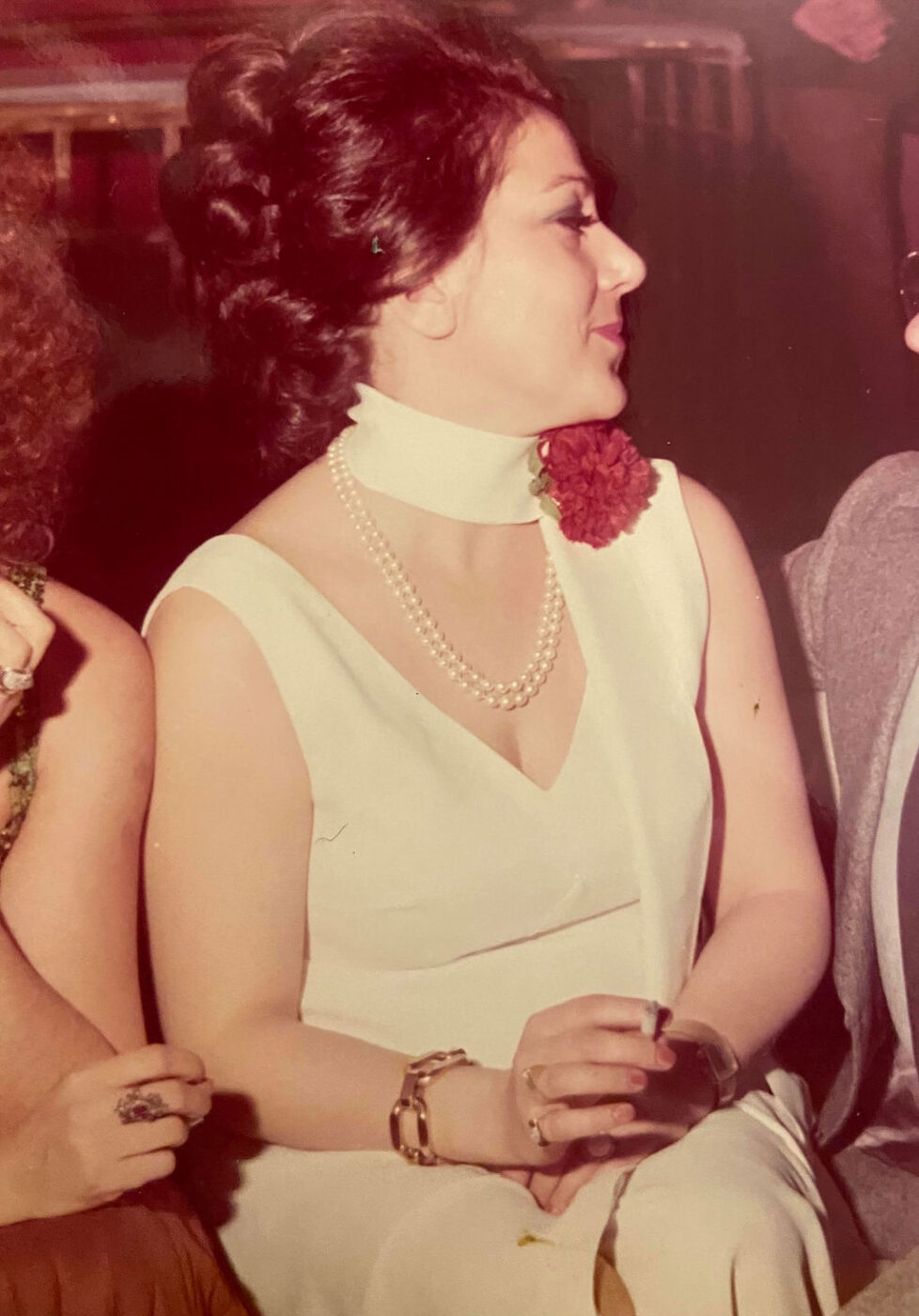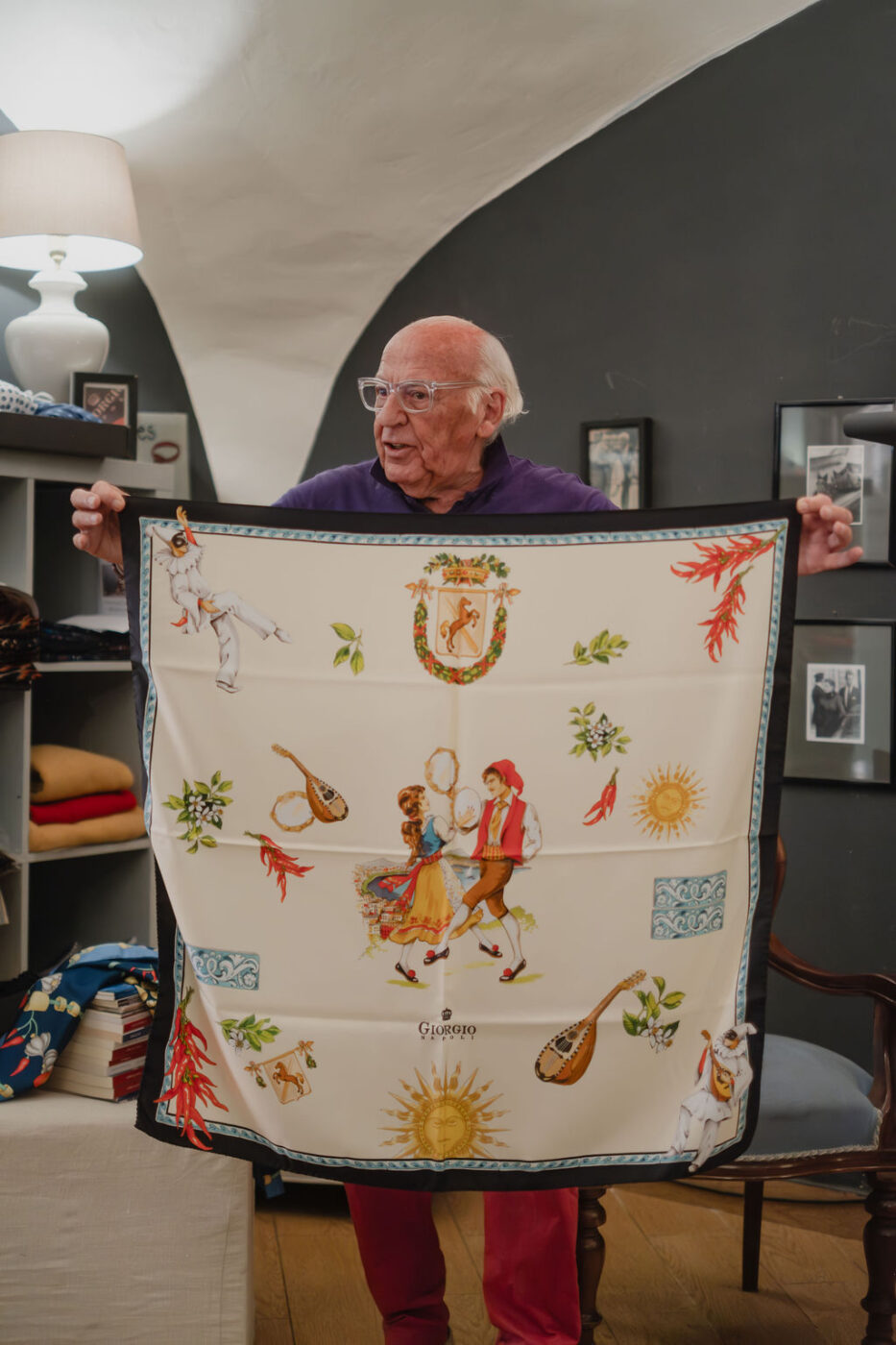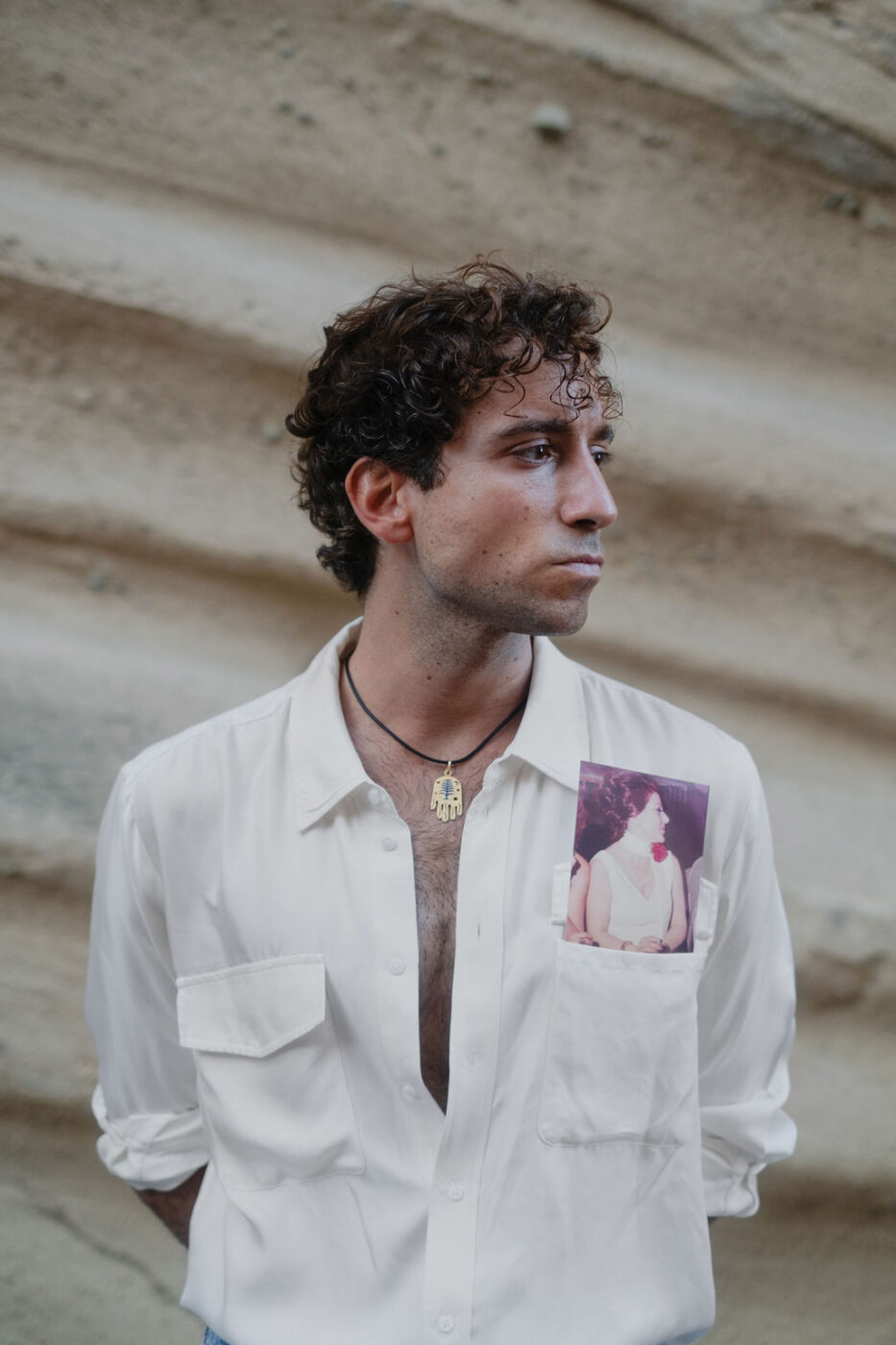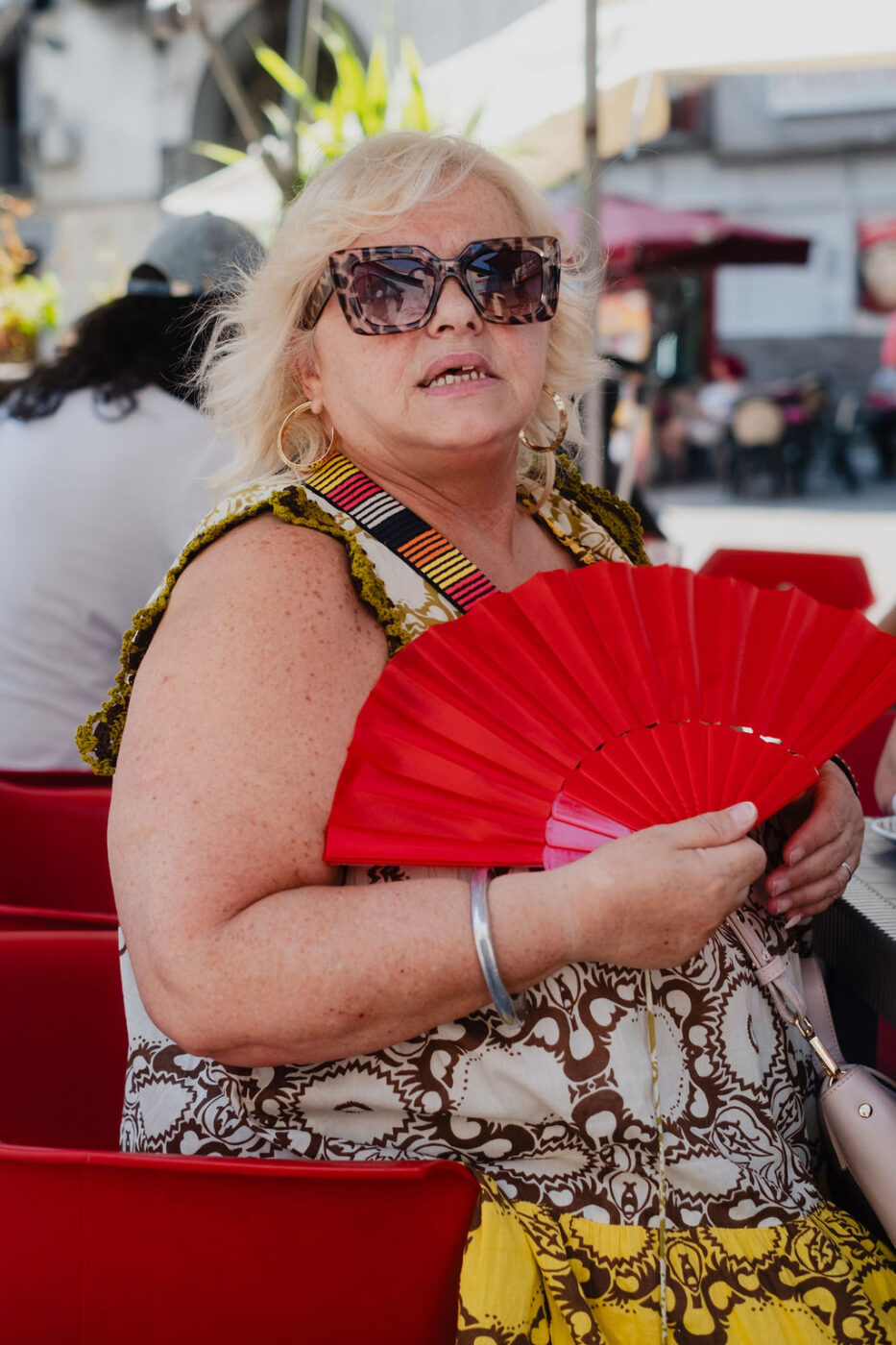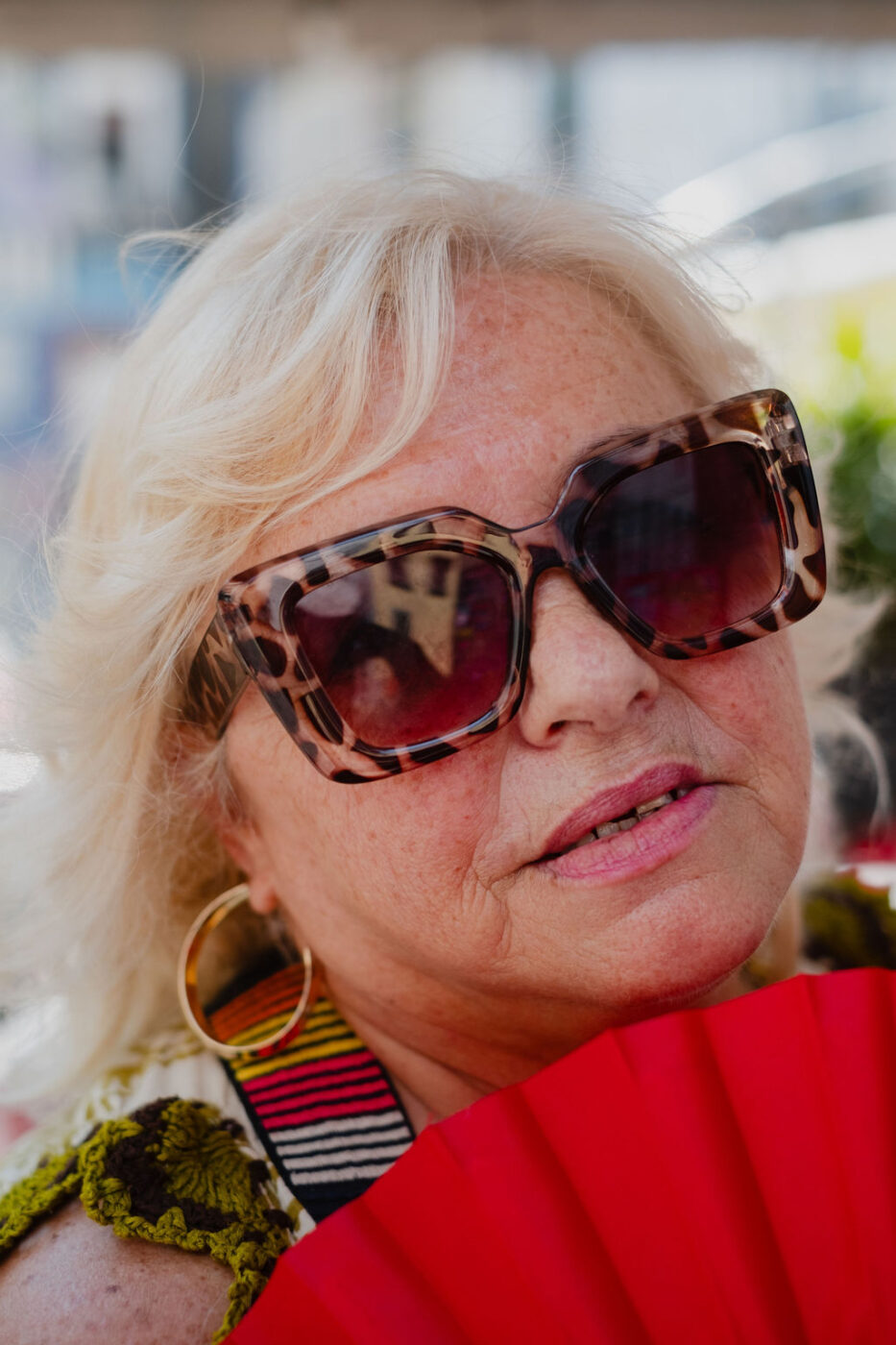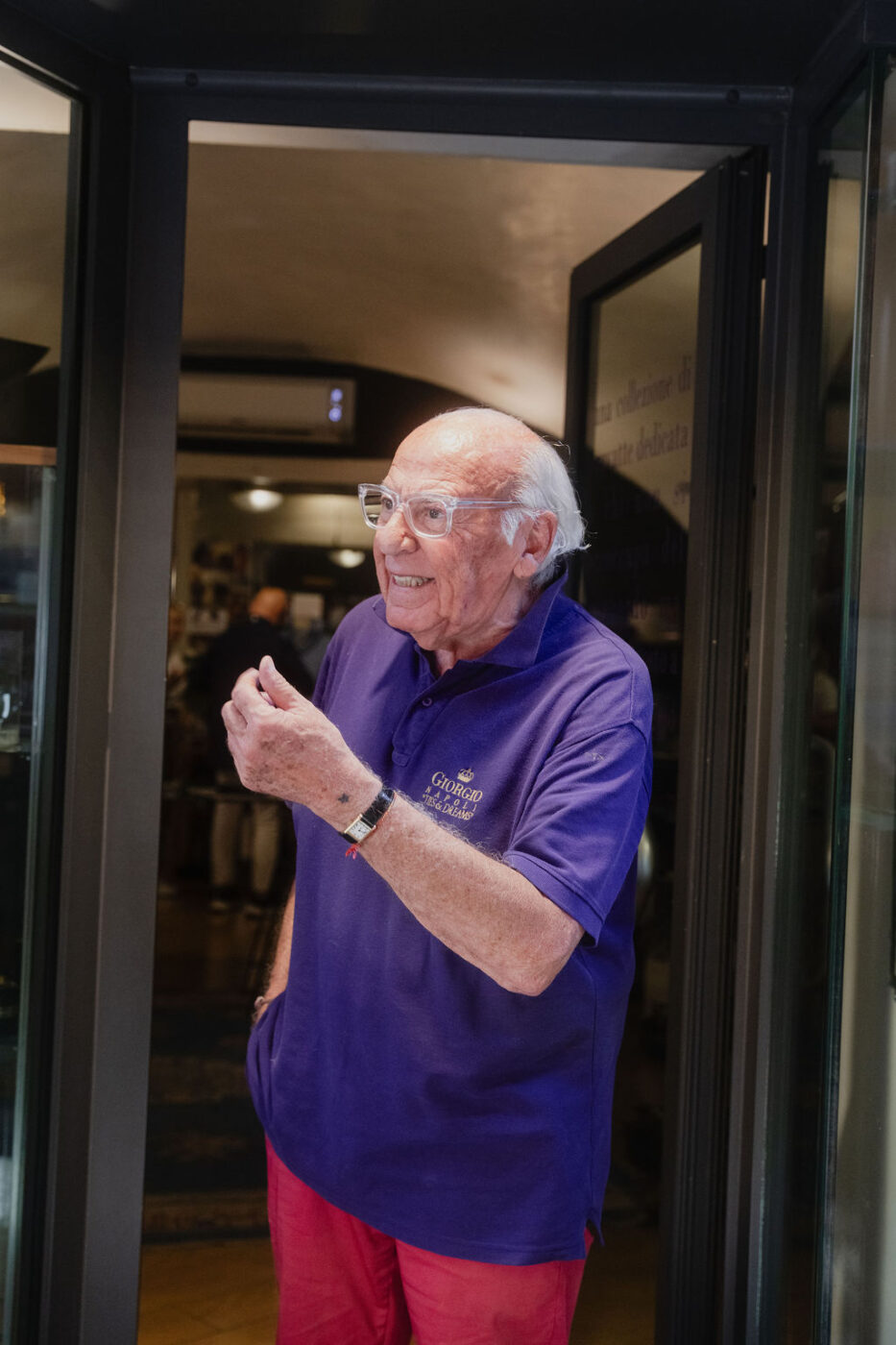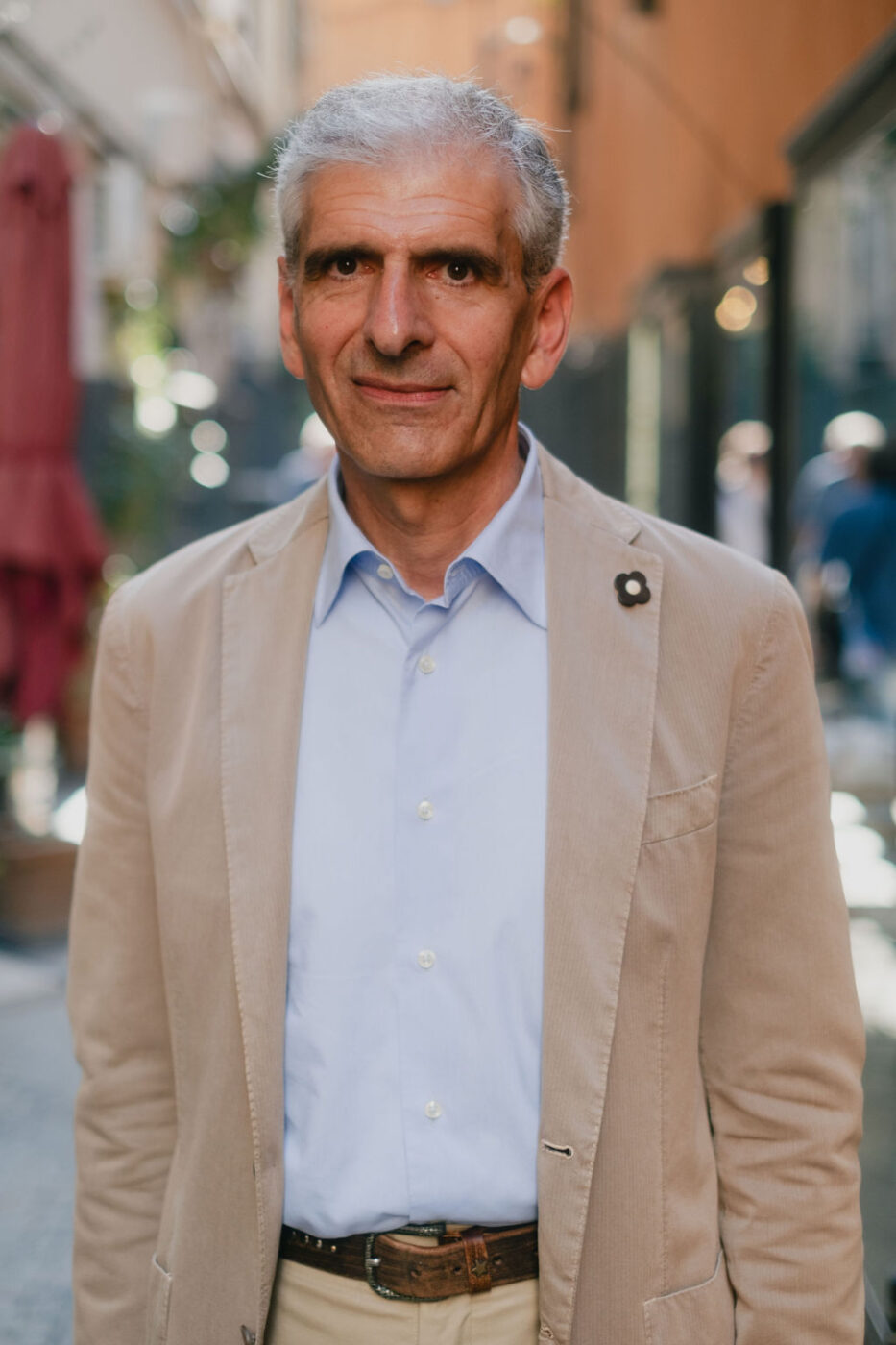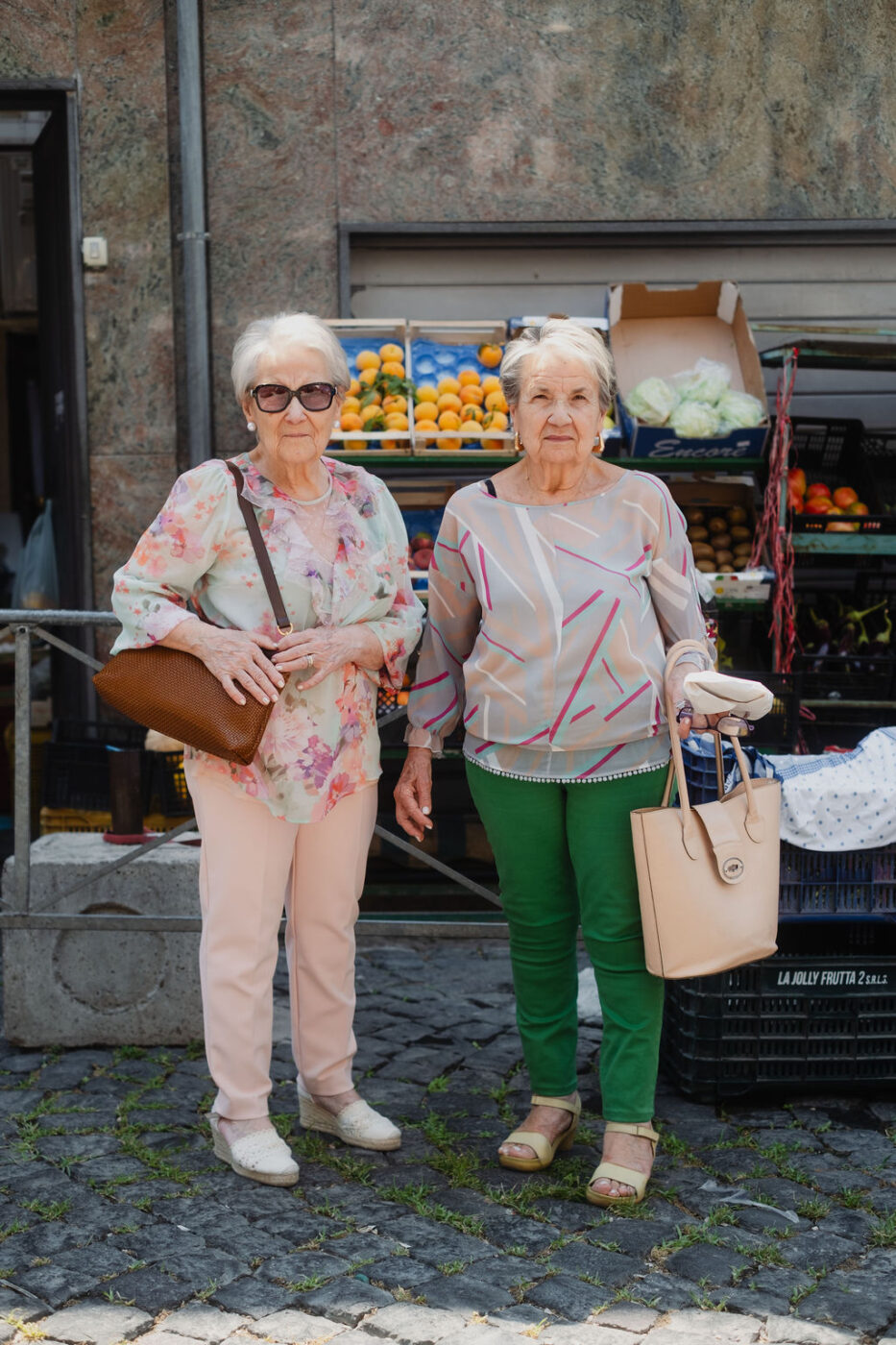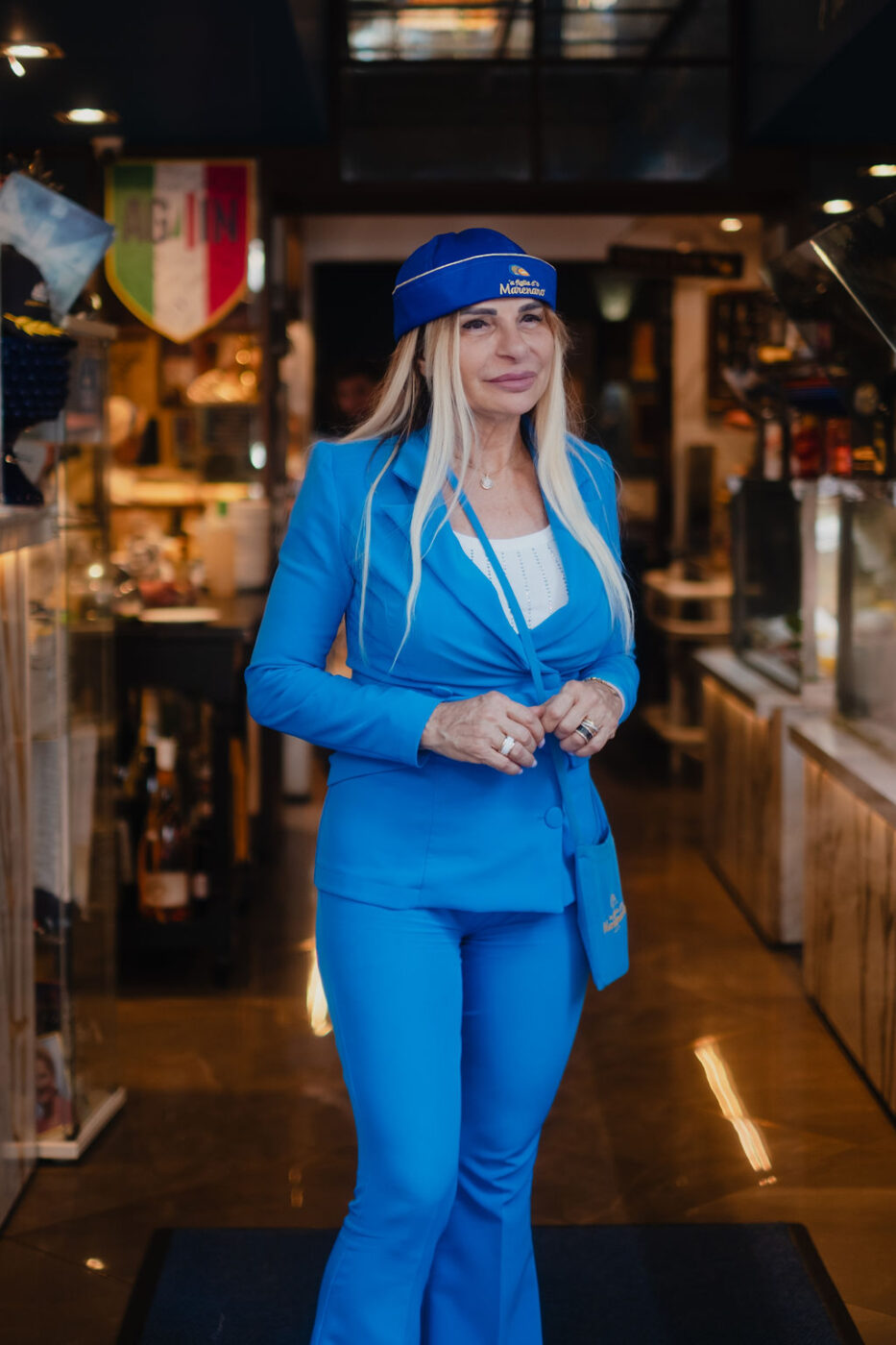“Sono Napoletana!” My great-grandmother Maria Malpeso would declare upon meeting someone, well before giving her name. Not that she had to announce it. You could hear it in her accent, where napoletana sounded more like “naboletana”. You could see it in her fiery eyes, that same ferocity the world adored in Sophia Loren.
But neither of these were the first clues to her roots along the Gulf of Naples. Rather, it was her clothes.
“Si si, signora, si vede subito!” her Genovese or Piedmontese neighbors would exclaim, waving their hands toward her with queenly reverence: “Yes, indeed we noticed instantly!”
My family has lived in Genova for four generations, but culturally, we’ve remained Neapolitan, evidenced by the cornicellos dangling on our tanned necks, the heavy scent of Sunday ragù flowing from our balcony, and mostly, our clothing.
“Don’t dress like the Genovese!” Maria would often instruct me vehemently.
At first, I didn’t understand what she meant—my mother was Genovese, and I thought she dressed fabulously. Watching her walk up to my parent-teacher meeting in New York City donning heels, a silk scarf, flowy skirt, and red lipstick, my first grade teacher remarked, “She’s SO Italian!”
But her compatriots had a different take. Though many called her “La genovesina” because of her no-nonsense bluntness, it wasn’t uncommon for her to get remarks like “Ma non si vede che sei di qua,” as a woman once told her while they chatted waiting for the bus in Genova’s Piazza de Ferrari. “But you don’t look like someone from here.”
I guess my great-grandma rubbed off on my mother.
It was waiting for that bus when I realized: style in Italy is as regional as language. And I wanted to understand what made Neapolitan identity so instantly recognizable—what built that sprezzatura in fiamma, that effortless cool wrapped in burning intensity.
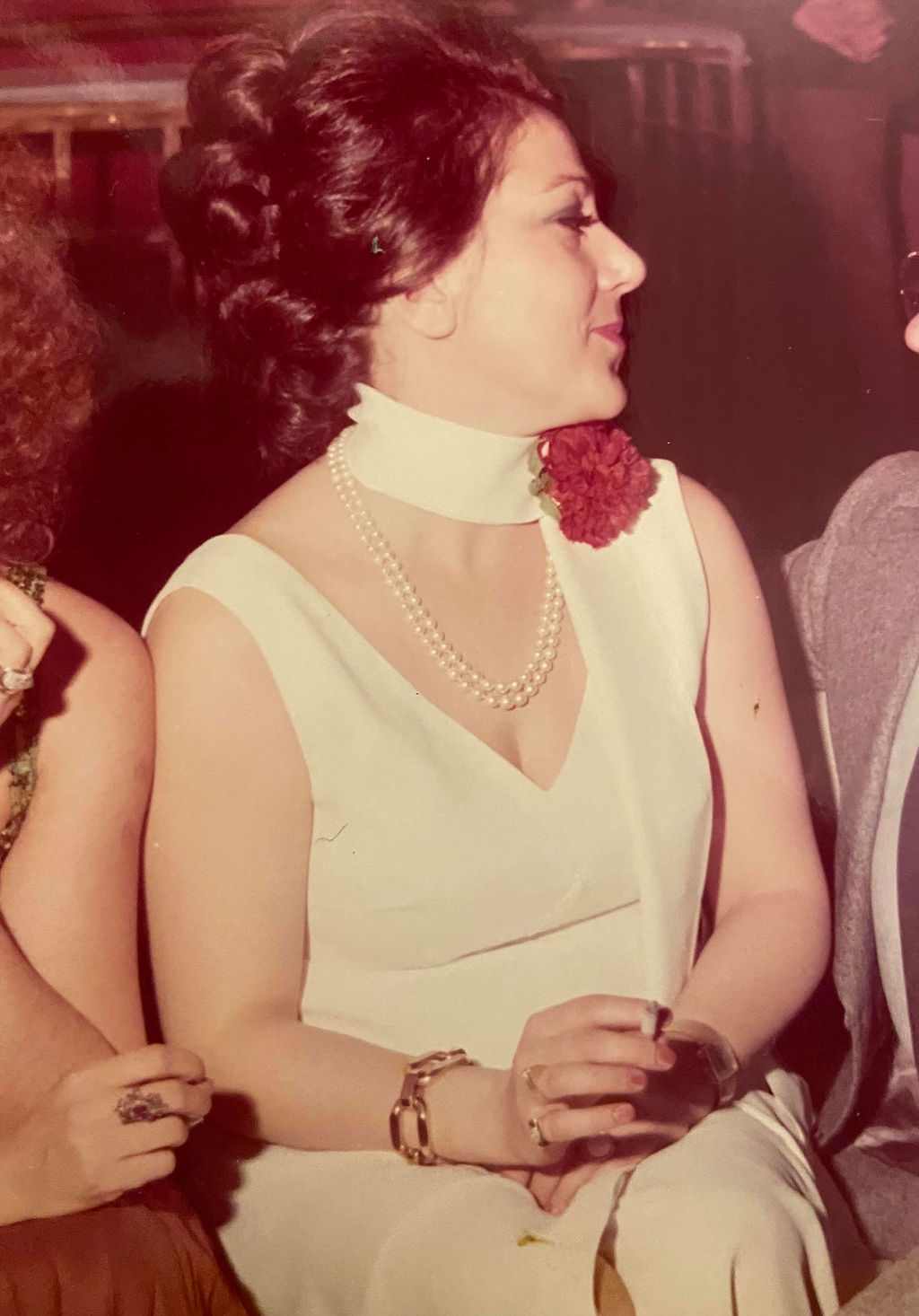
Riccardo's Nonna Dora
“It’s a matter of attitude,” Riccardo Maria Chiacchio, a Neapolitan stylist and art director who’s collaborated with the likes of Vogue Italia, says of Neapolitan style. “Naples is an entire world of attitude. It’s in everything you do. Everything feels bold, specific, and right in your face—even the sea. You can turn around and be met with an incredible view or striking angle. Vesuvius is always there—a powerful, almost maternal force that could destroy us. And yet, just beyond, you see Capri and the Gulf, this overwhelming sense of beauty and freedom inviting you to explore.”
Now one thing I know for sure is that my mother, grandmother, and great-grandmother have, and had, an attitude. Not in the negative sense, but a vivacious sensuality that matched the city: accents of orangy red to mirror the magma flowing from Vesuvius, bright red lips like they’ve been scalded by a signature Neapolitan espresso, scarves draped on their necks as if caught in a salty breeze.
“You need to think of the past with Neapolitan flair,” says Giorgio Ricciardi, owner of an atelier in the neighborhood of Chiaia. For years, he has crafted bespoke ties, scarves, and shirts for global labels like Ralph Lauren. Where Lauren spun fantasies of Americana, Giorgio evokes the dreamworld of the napoletana: silk scarves with magical motifs—cornicelli, Pulcinella, tarantelle—and bespoke shirts that fit like a second skin.
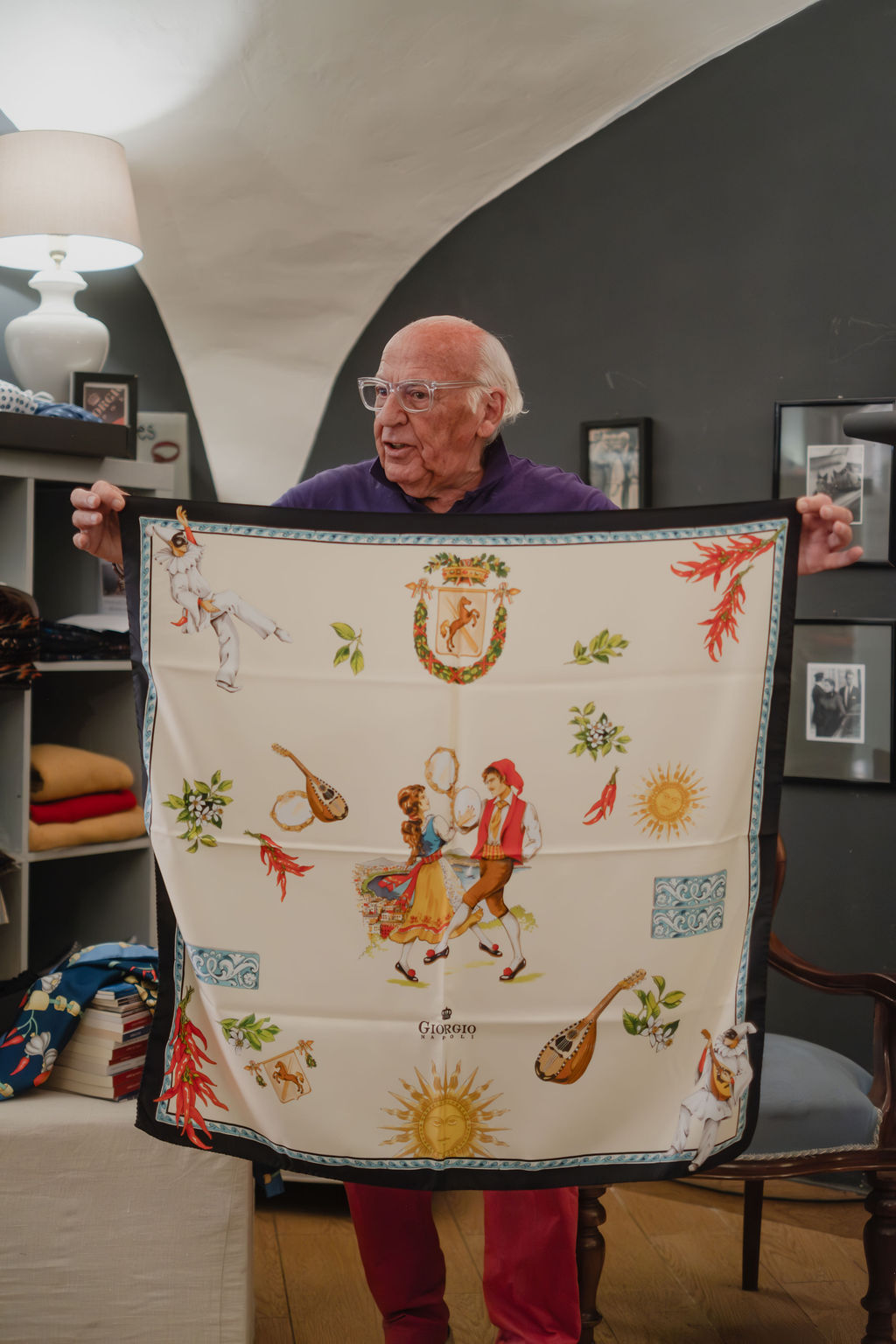
Signore Giorgio Ricciardi in his shop
“Naples was a majestic capital for many years under the Kingdom of Two Sicilies—and even before!” he continues, as his assistant serves us comm cazz coce espressos. “From Spanish to French and even Austrian, Naples has absorbed all the cultures of the world from those who dominated us. We’re a cosmopolitan culture who understood that being open to the world can make something new your own. Look at babà—the ubiquitous rum soaked pastry of the city—it’s originally French. But we perfected it and made it ours.”
“And why is that?” I ask, already dreaming about my favorite version at nearby Bar Rivalta.
“It’s the craftsmanship that makes the difference. It’s not like Florence or Milan. Neapolitan tailoring is our tradition—everyone sees it, everyone knows it. It’s a look that says NAPOLI! The wide blazer lapels, the spalla camicia that follows the body… once upon a time, if you had an important wedding, there was only one person you trusted to make your suit or dress. You brought the fabric, and they created it. That’s what makes Neapolitan tailoring special.”
It’s that combo that dresses the signori napoletani: linen drapes perfectly in the summer, neither too tight nor too loose, in powder blue, baby yellow, white, with a blood-red cornicello peeking from an open shirt. In winter, Nutella brown and navy wool remind of Amalfi beaches. A sporty jacket typically rounds out the image.
Milan is defined by big brands, luxury, and flair; for Naples, it boils down to fabric and tailoring.
“Neapolitans are obsessed with quality,” Riccardo Maria keeps repeating during our call. “The older generation paid close attention to the cut of a suit or the shape of a hat. While some brands have drifted, there’s still a strong consapevolezza—cultural awareness—of what Made in Naples means. Men are often so attuned to quality that they’ll have you touch the cotton of a shirt just to prove its refinement. For Neapolitans, it’s never just about clothes—it’s about perfecting the entire presentation.”
Presentation makes me think again of my great-grandmother, who, on her frequent flights between Milano Malpensa and New York JFK, wore fur coats, wedged sueded boots, and fluttering silk scarves—impossible to miss when we came to pick her up. She was, and still is, one of the most iconic women I’ve ever known.

Riccardo Maria Chiaccio
Riccardo Maria shares the sentiment. “My nonna—Dora Molinaro—was incredible.” He reminisces. “She died before I was born, but I grew up with her clothes—my mother never threw them away, and she too loved fashion. She loved glamour. There’s a picture of my Nonna Dora that stays with me: she’s in white, with a red carnation my mother plucked from the vase and pinned to her scarf—a fresh flower at her neck. She’s smoking in a club in Naples. She just is the Neapolitan: that attitude. On the lungomare, women are in high heels and outrageous colors, and in our churches, they are incredible, over the top. Naples is very in your face.”
“It’s because they say Neapolitans are so loud—of course we’re loud!” he continues. “We can’t wear shitty clothes!”
Even the staff at the restaurant ‘A Figlia do Marenaro (The Fisherman’s Daughter, in Neapolitan) in Sanita are dressed in flawless Neapolitan tailoring. The owner, Assunta Pacifico, commands the room in a Neapolitan blue tailored suit, her bleach blond hair popping under the matching blue cap.
“Blue is a positive color,” she says, smiling, “and when you see it, everything just feels right. The sky is blue; the Virgin Mary wears baby blue; it’s Naples, the color of the sea and the sky. When we wear it, it unites us. It gives us quel tocco in più—that extra touch.”
I order their signature zuppa di cozze—mussels, octopus, snails, and clams in a red mussel broth, topped with a broth-soaked Neapolitan tarallo. It’s decadent by design—very Neapolitan.
“To be Neapolitan means to be real. To be real means to be Neapolitan, which means to understand all the wonders we have in Naples. And Neapolitans demand excellence,” Assunta tells me. “We make do with a few things. And those few things must be of high quality and original. It’s the originality that quickly shows we are Neapolitan.”
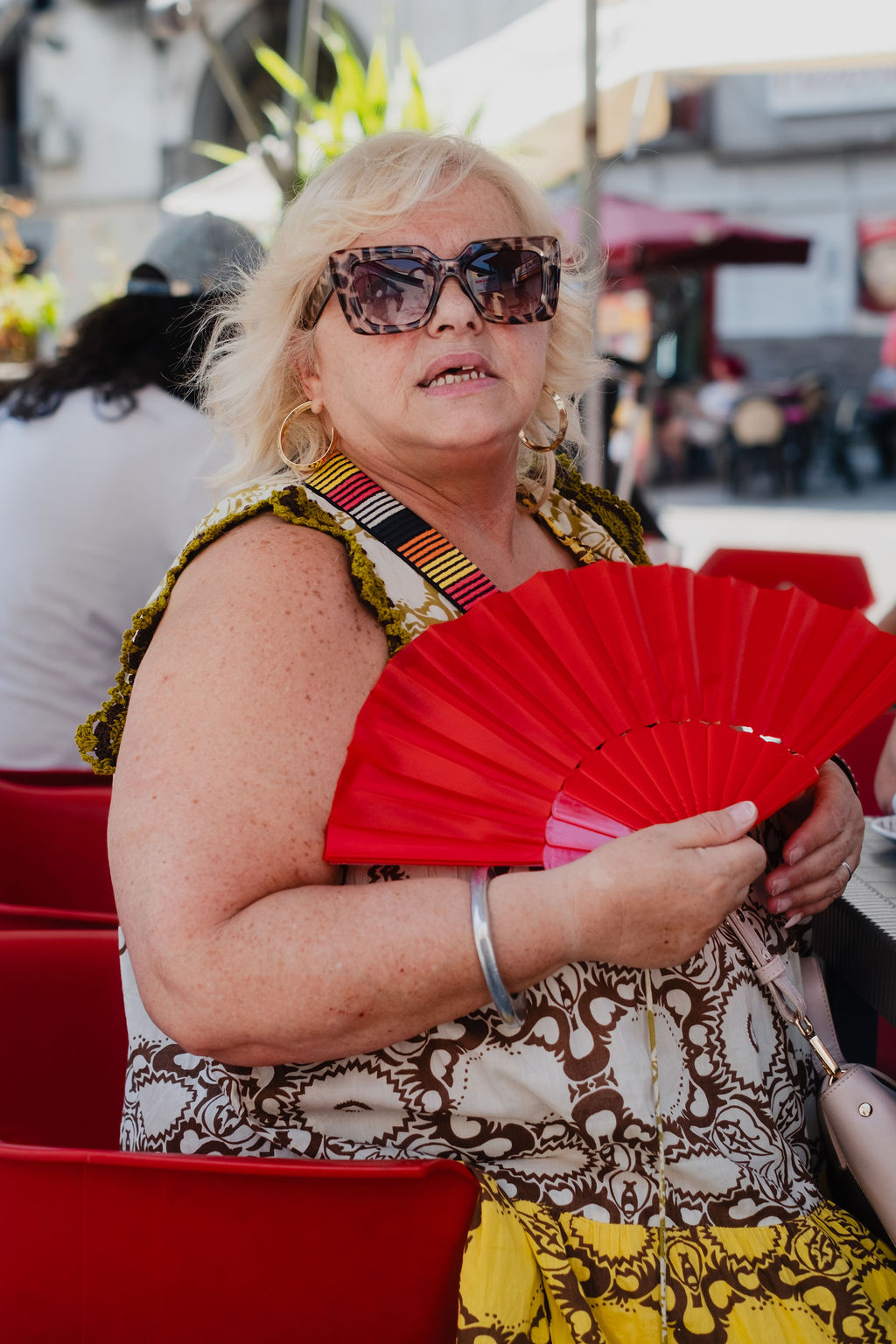
Riccardo Maria echoes this: “In Naples, I’m basic, but in Milan, I’m considered loud. Some say that’s vulgar, but it’s not—it’s Neapolitan. We dress to be ourselves, and let you know it. A Swarovski clad t-shirt isn’t about vulgarity—it’s about how loud the wearer wants to be. It’s not about wealth. It’s about being flamboyant and entertaining.”
It seems the key to Neapolitan fashion is something my matriarchal lineage has known all along: that it’s less about the clothes and more about the person who wears them. As Riccardo Maria confirms, “Neapolitans are really themselves.”
